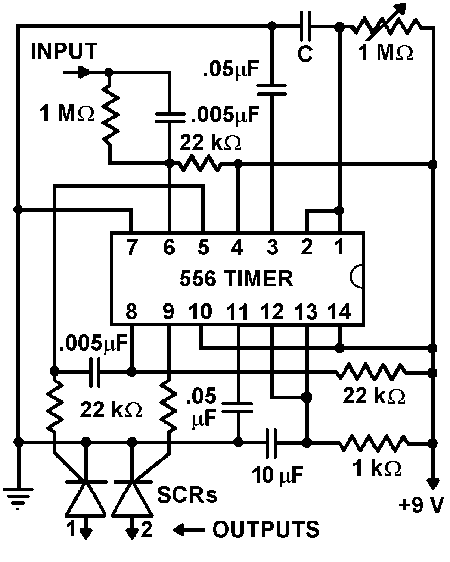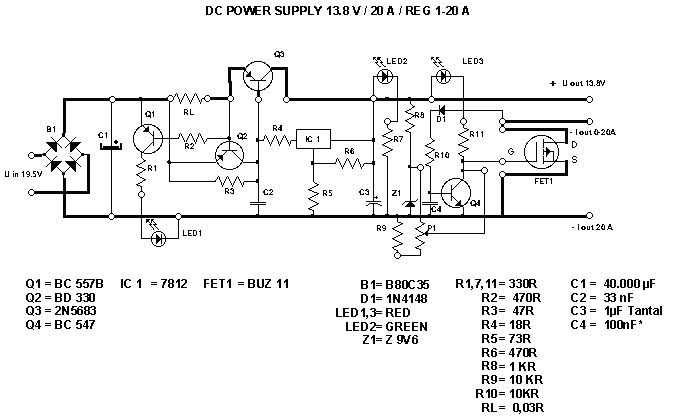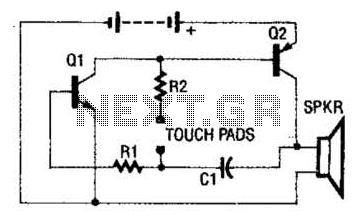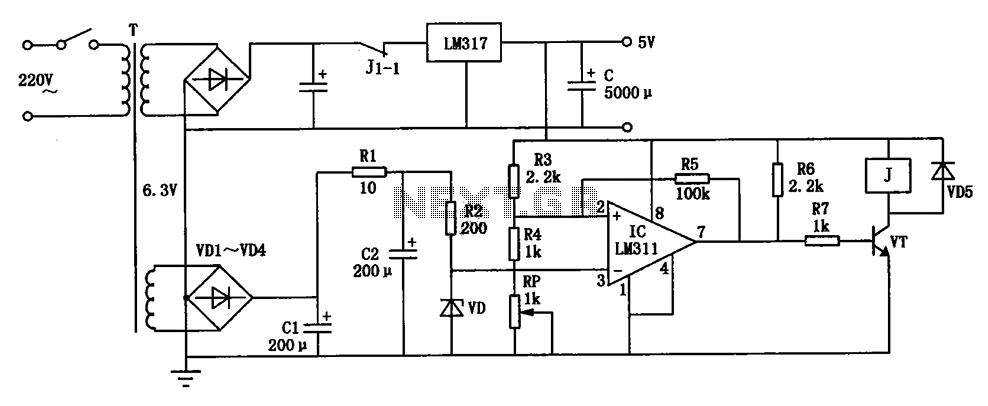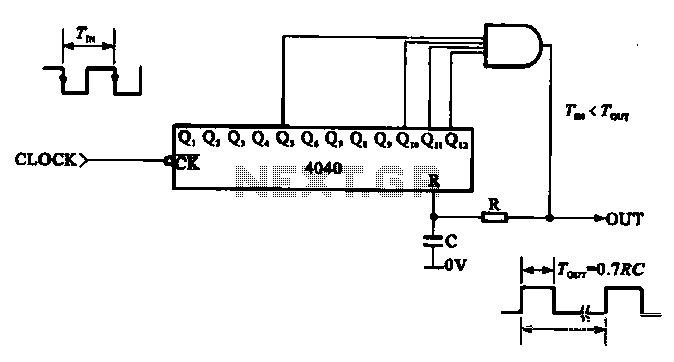
Jfet Amp With Current Source Biasing Circuit
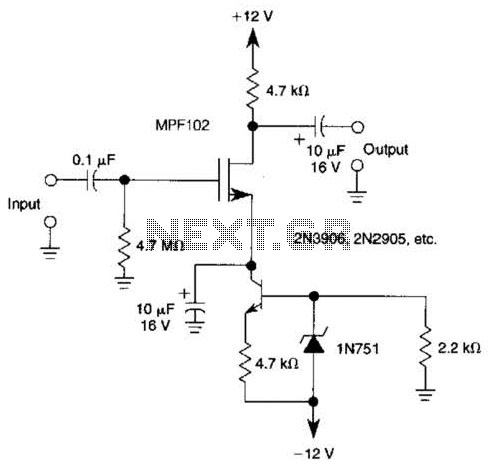
A current source (MPF102) in the source lead of the bipolar transistor 2N3906 allows for precise control of drain current.
The circuit incorporates an MPF102 JFET configured as a current source, which is connected to the source terminal of a 2N3906 bipolar junction transistor (BJT). The MPF102 operates in the saturation region, providing a stable and accurate current output. The characteristics of the MPF102 ensure that variations in the supply voltage or temperature have minimal impact on the current flowing through the 2N3906.
The 2N3906 transistor serves as a common-emitter amplifier, where the drain current is modulated by the base current. By utilizing the MPF102 as a current source, the design enhances the linearity and stability of the amplification process. The configuration allows for a well-defined operating point, improving the overall performance of the circuit.
To implement this configuration, the gate of the MPF102 is typically connected to a biasing network that sets the desired current level. The source lead of the 2N3906 is connected to the drain of the MPF102, ensuring that the current provided by the JFET is used effectively by the BJT. Additional passive components, such as resistors and capacitors, may be included in the circuit to filter noise and stabilize the operating conditions.
Overall, this arrangement of an MPF102 current source with a 2N3906 transistor provides a robust solution for applications requiring precise control of drain current, making it suitable for various analog signal processing tasks. A current source (MPF102) in the source lead of bipolar transistor 2N3906 permits accurate control of drain current.
The circuit incorporates an MPF102 JFET configured as a current source, which is connected to the source terminal of a 2N3906 bipolar junction transistor (BJT). The MPF102 operates in the saturation region, providing a stable and accurate current output. The characteristics of the MPF102 ensure that variations in the supply voltage or temperature have minimal impact on the current flowing through the 2N3906.
The 2N3906 transistor serves as a common-emitter amplifier, where the drain current is modulated by the base current. By utilizing the MPF102 as a current source, the design enhances the linearity and stability of the amplification process. The configuration allows for a well-defined operating point, improving the overall performance of the circuit.
To implement this configuration, the gate of the MPF102 is typically connected to a biasing network that sets the desired current level. The source lead of the 2N3906 is connected to the drain of the MPF102, ensuring that the current provided by the JFET is used effectively by the BJT. Additional passive components, such as resistors and capacitors, may be included in the circuit to filter noise and stabilize the operating conditions.
Overall, this arrangement of an MPF102 current source with a 2N3906 transistor provides a robust solution for applications requiring precise control of drain current, making it suitable for various analog signal processing tasks. A current source (MPF102) in the source lead of bipolar transistor 2N3906 permits accurate control of drain current.
